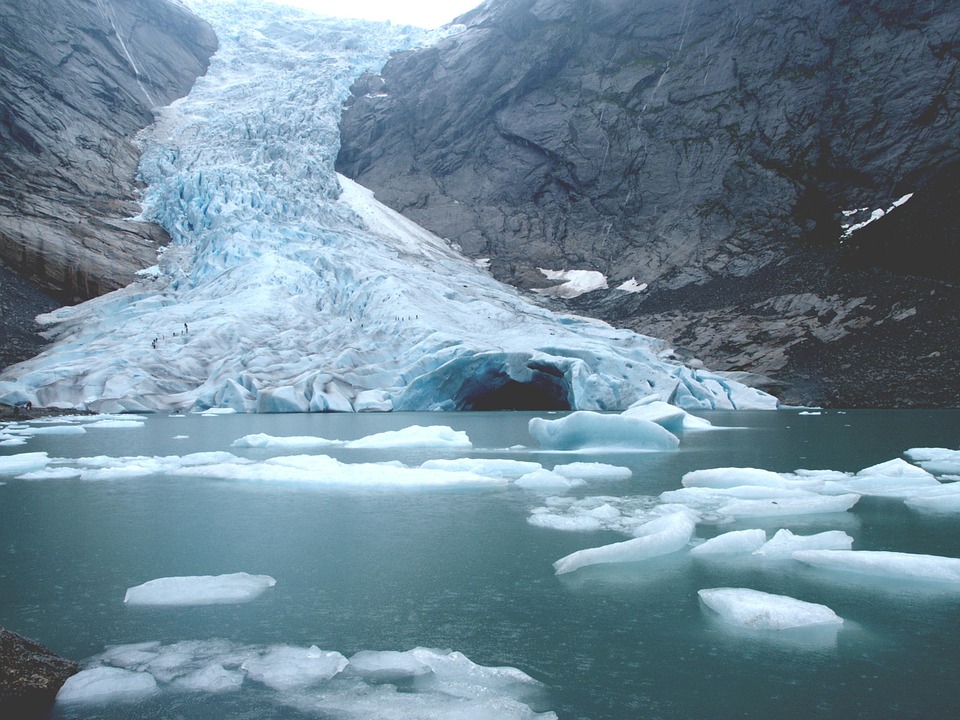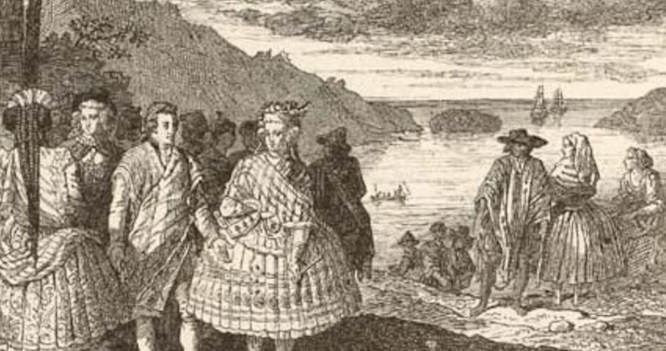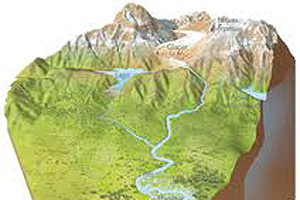In the seventh chapter of our collection we learned what climate change is and what its consequences are.
Global change and Climate Change
– The concept of climate change refers to a wide range of phenomena, including transformations that are produced almost at the same time around the whole planet. Among these are: the increase in the concentration of greenhouse gasses, the increase in sea level, acid rain, the destruction of the ozone layer, and others.
– Climate change is caused principally by the increase in the concentration of greenhouse gasses.
Greenhouse effect, acid rain and the ozone layer
– The greenhouse effect is a natural phenomenon generated by greenhouse gasses that absorb radiation emitted from the surface of the planet, preventing its release towards outer space.
– Greenhouse gasses are present in the atmosphere and among the most important are: carbon dioxide, methane, nitrous oxide, chlorofluorocarbons, the ozone and water vapor.
– Acid rain is generally formed in the high clouds, where sulfur and nitrogen oxide react with atmospheric humidity and are converted into sulfuric and nitric acid.
– The hole in the ozone layer is produced principally by the excessive use of chlorofluorocarbons (CFCs), a gas produced by man.
Measures being taken in regards to climate change and its effects in Chile
– The Kyoto Protocol establishes a commitment to lowering or not increasing greenhouse gas emissions, principally in industrialized countries.
– The Montreal Protocol was developed to protect the ozone layer, controlling the production and emission of substances responsible for its destruction.
– The principal alterations produced by climate change in Chile would be: variation in precipitation levels, receding of glaciers, the increase in sea level and changes in vegetation.








